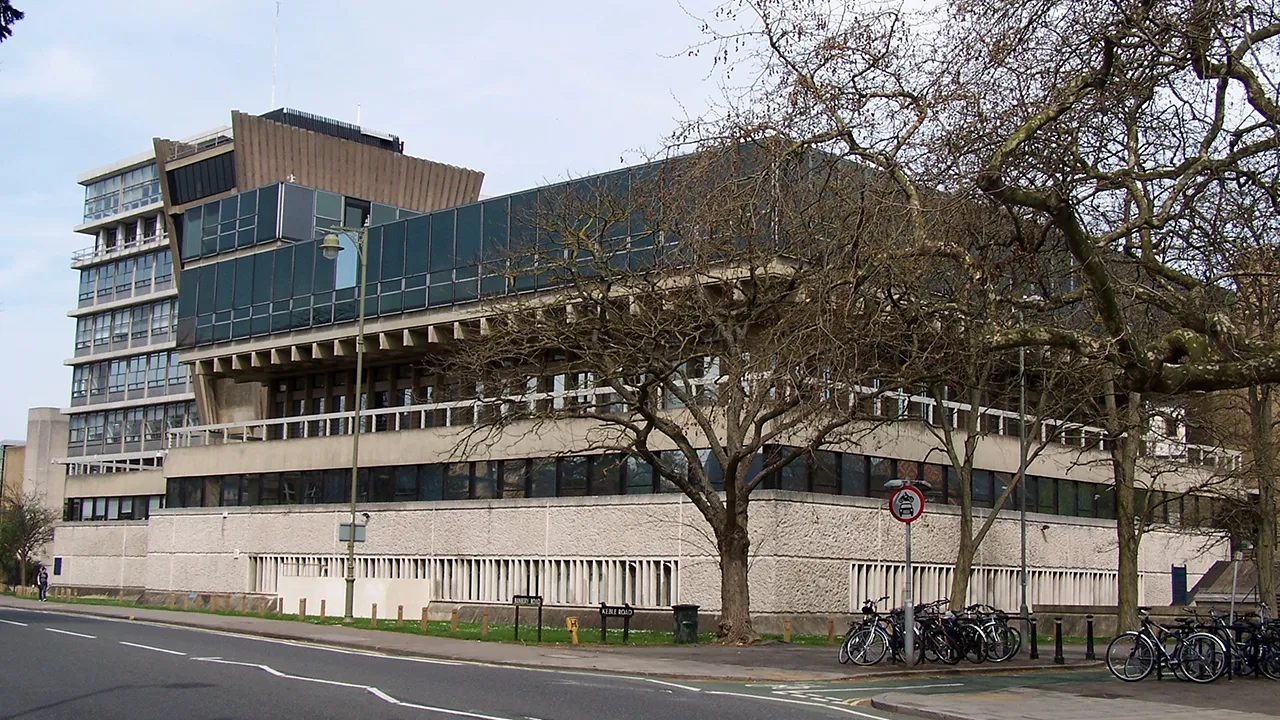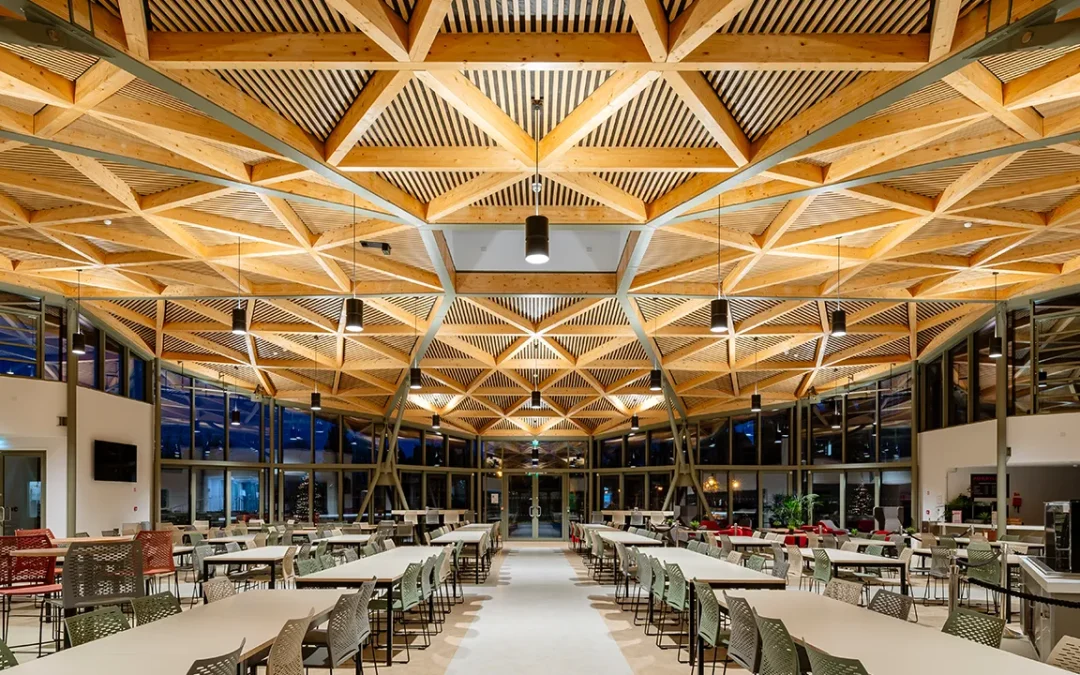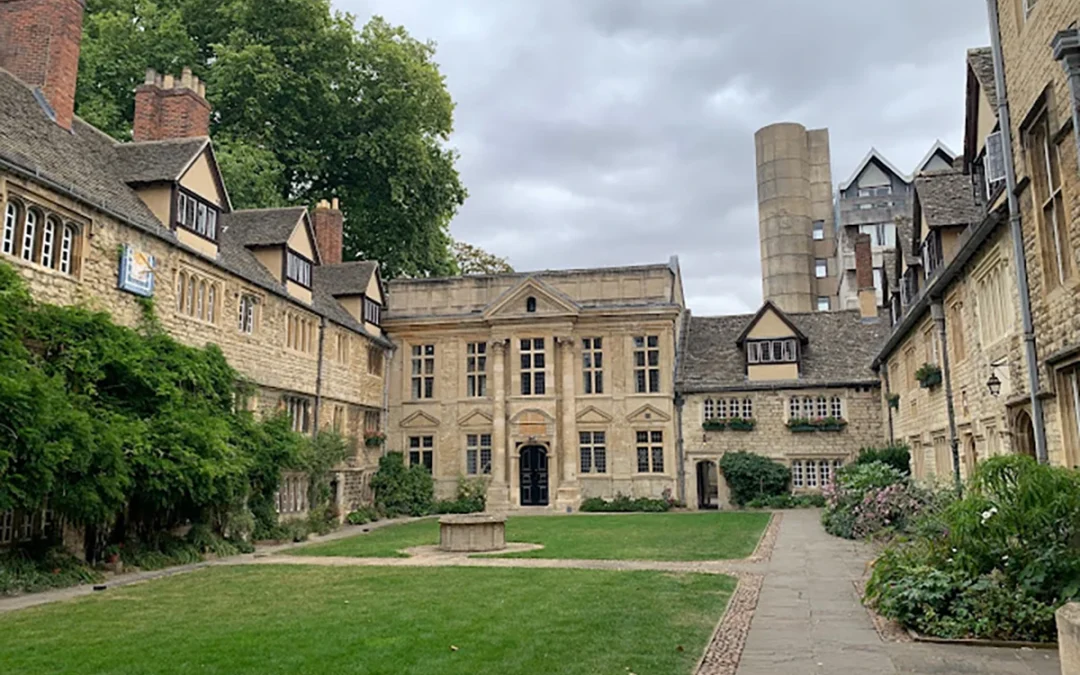Background / Objectives / Timeline
Bojen Electrical undertook a detailed feasibility study when they were approached by a client who wanted a state of art Laser Laboratory that was more environmentally friendly than its predecessor. The older frame of the building meant that there would be considerable challenges involved in achieving the client’s expectations. Other Electrical engineers had originally worked on the design but had been unable to complete the design due to the considerable technological uncertainties that the project created. This project interested the Company as it would be a fascinating developmental challenge, encompassing latest laser technology, plant room capabilities and environmentally sound concepts. This would include:
- Stripping out existing labs in preparation for the area to be demolished and readied for the new refurbishment. The old nature of the building meant that careful analysis of the structure had to be under taken
- Development and installation of a new facility to use lasers for experiments, with a control room incorporating all electrical and mechanical needs for these experiments & research to take place
- Provision of a fully monitored metering system
- Devising a new electrical infrastructure for the newly designed distribution boards
- Incorporation of power supplies to: chiller panel, pumps & equipment, LED lighting, power, mechanical supplies & controls, fire alarms, emergency lighting installations, security, CCTV,Intercom system and structured data cabling & BNC cabling throughout.
- Creation of a new Interlock system for safety that was required for the facility to be used. It would require innovative interfacing with the door access and intercom systems.
Advance(s) Sought
The confined space was an issue as the amount of equipment that the client wanted installed meant that existing frameworks for laser tables were not suitable for this job. There would be a need to investigate and design bespoke laser tables that supported containment, power, lighting, cameras, comms and dimmable LED lighting strips.
In addition, research would need to be conducted to introduce bespoke fire alarms, intruder alarms, BNC connections, CCTV, door access and intercom systems. Although these disparate products exist on the market, bringing them together for a laser lab added the complication of interference between the components and the lasers that could potentially hinder the required interlocking fail safe systems.
A further advance sought was the reduced energy costs and carbon emissions. The client expressed that this was a must. Standard LED lighting that would normally be fitted to save energy costs would have to be investigated to see if it was compatible with the lasers being deployed in the laboratory.
Technical Challenges
The client completed a performance specification based only on generic installations previously completed which Bojen used to complete the initial tender. This meant there where many elements of work that had previously not been done before, all of which required research and design, to put the client’s vision and requirements into the new facilities required. Furthermore, the original design work was vastly over engineered and would not provide space and correct levels of lighting in the right places.
There were several challenges, including:
- The amount of equipment that was to be in these laboratories prohibited standard mechanical &electrical installation. The main challenge was how and where to install all the containment required for all the data, BNC and security cables. These containment routes had to contend with the bespoke framework build which supported the power trunkings above the laser tables and also provided space for the lab technicians to store materials and equipment, as well as trying to light the working areas and circulation space around the tables.
- All penetrations had to be 100% sealed so no rays could escape from the rooms, so this had to be considered with all installations and limit the penetration to a minimum. With the confined nature of the room, this created a unique challenge.
- The emergency lighting system created an additional issue. The existing system did not work well and was not capable of expansion, so Bojen had to work with the subcontractors to determine how to integrate a new system with the existing one, allowing enough capacity for future projects, but also maintaining the existing system at the same time, all keeping within the clients very challenging budget constraints. This system would have to integrate with the new fail safe system that shutdown the lasers safely, but would provide adequate lighting in a tightly controlled area.
- This design and build project brought problems with space in the control room and plant deck for all the mechanical and electrical services required. There was simply not enough space. Specific requirements necessitated detailed coordination meetings and drawings to be completed for all the equipment required to fit. Once designs had been achieved the costs were over budget and the designs required modification on several occasions before the project could progress. As money was the main driving force there was a lot of research into alternative products and accessories to achieve the required budget. Bojen would have to undertake reverse engineering of several products to improve their capability to ensure success. This was especially true of the frameworks for the tables which ended up being built on site with Uni strut subcontractors and associated bespoke created fixings by Bojen.
- Because of the unusual proposed use of the building the Company had to investigate how power supplies and control measures required with laser equipment would work with optimum efficiency. Special attention was required for the lightning & surge protection and the correct residual current devices installed.
Resolution of Challenges, Project Outcomes and Future
Bojen were heavily involved in all aspects of the entire build, including close liaison with the builders and engineers responsible for the main build. This included:
- Ergonomic redesign of work stations to provide optimal light and space within the constraints of the building design
- Experimentation and prototyping of sealants to ensure no light penetration
- Research and bespoke creation of emergency lighting to work within a laser emitting environment
Overall, the project was a success – creating a fantastic facility at Oxford University. This has led to further work and Bojen have been in talks with developers to complete tenders for other projects. Bojen intend to become the preferred developers / installers for such innovative and ground-breaking developments.
Prototypes / Testing
Prototypes were produced at the base and on site. Testing was conducted throughout to ensure safe and effective systems were installed.




